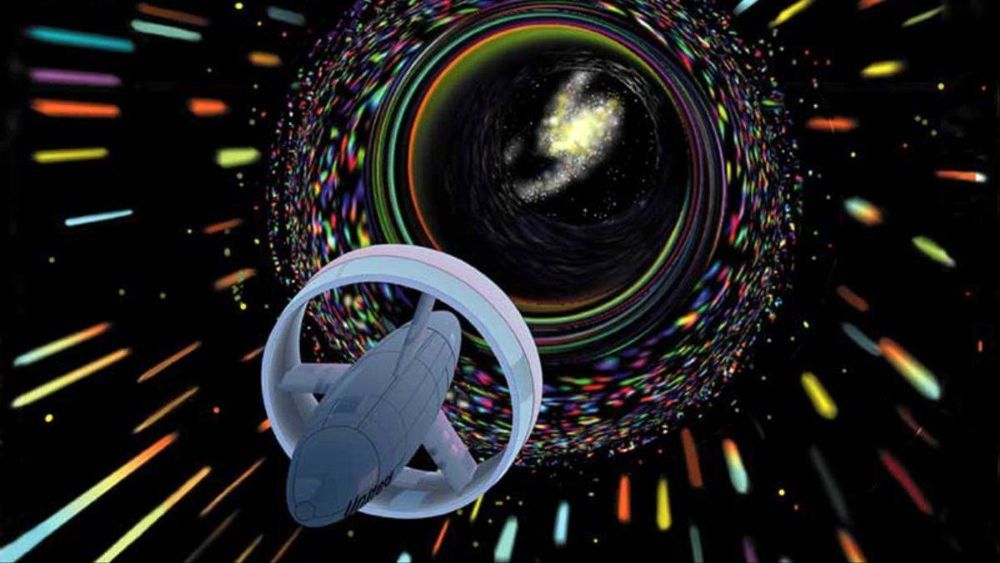Get the latest international news and world events from around the world.

Ending Age-Related Diseases Conference: March Update
On July 11-12th, we return to the Cooper Union in New York City for our second annual Ending Age-Related Diseases conference, which focuses on the progress in aging research as well as the business side of biotech.
We will be bringing you the latest aging research, investment, and business knowledge from some of the top experts in the industry. We will be packing two days full of talks and discussion panels featuring the people who are developing the technologies that could change the way we regard and treat aging forever.
We are currently offering reduced ticket prices until March 31st, after which the price increases to the regular $400 cost. If you would like to take advantage of this special offer, head on over to our event ticket page to secure your place now.

Researchers Use Sound to Make a Range of Objects Float for the First Time
When Genevieve posted about optical tweezers, I noticed the similarity with acoustic tweezers, so I needed to post this article as well, so as to add to hers.
A new algorithm recently helped scientists levitate multiple objects using sound waves in very strategic positions. It marked the first time that sound helped capture numerous objects in various positions. The findings were recently published in the journal Proceedings of the National Academy of Science. It was funded by the Engineering and Physical Sciences Research Council (EPSRC) in the United Kingdom.
For the first time ever, an international team of researchers successfully used sound waves to make a series of objects float in strategic locations.

Microsoft just booted up the first “DNA drive” for storing data
Microsoft has helped build the first device that automatically encodes digital information into DNA and back to bits again.
DNA storage: Microsoft has been working toward a photocopier-size device that would replace data centers by storing files, movies, and documents in DNA strands, which can pack in information at mind-boggling density.
According to Microsoft, all the information stored in a warehouse-size data center would fit into a set of Yahztee dice, were it written in DNA.


The ‘Halo Drive’ Would Shoot Lasers at Black Holes to Explore the Milky Way
Humans have figured out how to send spacecraft into the deep reaches of the solar system, but it will take major advances in spaceflight before we can hop over to other star systems or traverse the Milky Way. In the meantime, though, it doesn’t hurt to think about cool ways we might one day be able to accomplish that dream.
Enter: the “halo drive,” a concept that proposes leveraging the power of black holes and other gravitationally powerful phenomena to accelerate future spacecraft to near-light speeds.
Conceived by David Kipping, an astronomer at Columbia University, the halo drive involves shooting lasers at objects such as black holes or neutron stars in order to get a speed boost when the light beam boomerangs back to its starting point.
Profundizar y conocer todo lo que acontece en torno al ámbito genético y sus avances
A good intro to QUANTUM COMPUTERS, at 5 levels of explanations — from kid-level to expert.
WIRED has challenged IBM’s Dr. Talia Gershon (Senior Manager, Quantum Research) to explain quantum computing to 5 different people; a child, teen, a college student, a grad student and a professional.
Still haven’t subscribed to WIRED on YouTube? ►► http://wrd.cm/15fP7B7
ABOUT WIRED
WIRED is where tomorrow is realized. Through thought-provoking stories and videos, WIRED explores the future of business, innovation, and culture.
Quantum computing expert explains one concept in 5 levels of difficulty | WIRED.

